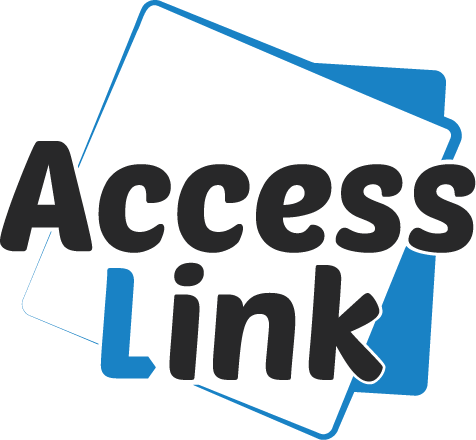The terms “dofollow” and “nofollow” refer to HTML attributes you can add to hyperlinks, specifically, rel="dofollow" and rel="nofollow".
These attributes directly influence how search engines evaluate and rank linked pages.
They tell search engines like Google how to interpret the link between two pages or websites, and whether that link should influence rankings.
For beginners, backlinks can be confusing, especially when it comes to understanding the difference between dofollow and nofollow links.
Yet this distinction is at the heart of any serious link building strategy.
| Criteria | Dofollow Link | Nofollow Link |
|---|---|---|
| HTML Attribute | No attribute required (rel="dofollow" is optional) | rel="nofollow" |
| Passes Link Authority | Yes, passes “link juice” to the target page | No, passes little to no authority |
| SEO Impact | Can improve rankings when placed on relevant, trusted sites | Minimal or no direct impact on rankings |
| Common Use Cases | Natural links to trusted sources | Sponsored links, blog comments, low-trust or user-generated links |
| Advantages | Boosts the target page’s authority and visibility | Helps control your link profile and reduce spam risks |
| Drawbacks | Can lead to over-optimization if overused | Limited SEO value, sometimes ignored by Google |
At Accesslink, we believe link building should be accessible even for those just starting to explore the world of SEO.
That’s why we offer an introductory article that includes a dofollow backlink for only €2. It’s a simple way to test our service at a low cost while getting a feel for how backlinks work.
We handle everything, from writing the content to publishing it so you can focus on your business without worrying about the technical side.
How Dofollow and Nofollow Links Work
In SEO, a backlink is simply a link from one website (Site A) pointing to another (Site B).
Search engines like Google use these links to assess a site’s popularity, trustworthiness, and overall authority. This is where the HTML rel attribute comes into play, it tells search engine bots how they should interpret a given link.
The attributes rel="dofollow" and rel="nofollow" help search engines decide whether a link should influence how a page ranks.
What Is a Dofollow Link?
A dofollow link is the default type of hyperlink in HTML. When you add a link without specifying any rel attribute, search engines automatically treat it as a dofollow link.
That means Google and others will crawl the destination page and consider the link as a vote of confidence. In SEO terms, this passes what’s known as “link juice” a flow of authority that strengthens the page being linked to.
Dofollow links help improve visibility and ranking, especially when they come from relevant, trusted sources.
What Is a Nofollow Link?
A nofollow link contains the attribute rel="nofollow".
This tells search engines not to count the link when evaluating the popularity or authority of the destination page.
Originally, Google introduced the nofollow tag to combat spam and link abuse, especially in blog comments, forums, and sponsored content.
Since 2019, Google has treated this attribute more as a suggestion than a strict rule.
In some cases, search engines may choose to follow a nofollow link, but in general, it passes little to no SEO value compared to a dofollow link.
When Should You Use Dofollow or Nofollow Links?
- Use Dofollow links when:
- You trust the site or resource you’re linking to
- You want to support a partner’s or collaborator’s SEO
- The link is highly relevant to your content and genuinely helpful to the reader
- Use Nofollow links when:
- The link is part of a sponsored or paid promotion (to comply with Google’s guidelines)
- The link appears in user-generated areas like blog comments, forums, or public submissions
- You’re unsure about the credibility of the content and prefer not to pass authority to the target site
Understanding the difference between dofollow and nofollow links, along with other link attributes is essential for anyone getting started with SEO.
Dofollow links remain a core tool for boosting your site’s authority and online visibility.
Meanwhile, nofollow links help you stay in control, reduce spam risk, and maintain a clean, strategic backlink profile.
Other Link Attributes to Know
Beyond dofollow and nofollow, there are two additional HTML attributes you might come across — especially when managing sponsored content or user-generated links:
rel="sponsored"
Used to label paid or sponsored links, such as ads or partnerships. This helps search engines distinguish promotional content from editorial links.rel="ugc"(User Generated Content)
Applied to links that appear in user-generated areas, like blog comments, forum posts, or review sections. It tells search engines the link wasn’t added by the site owner.

